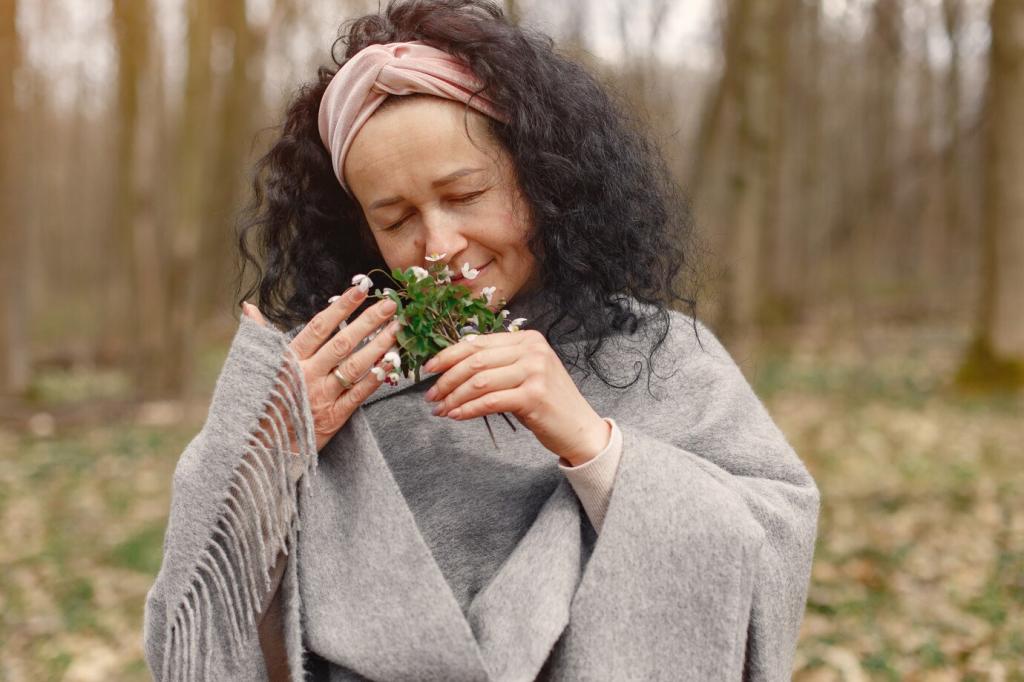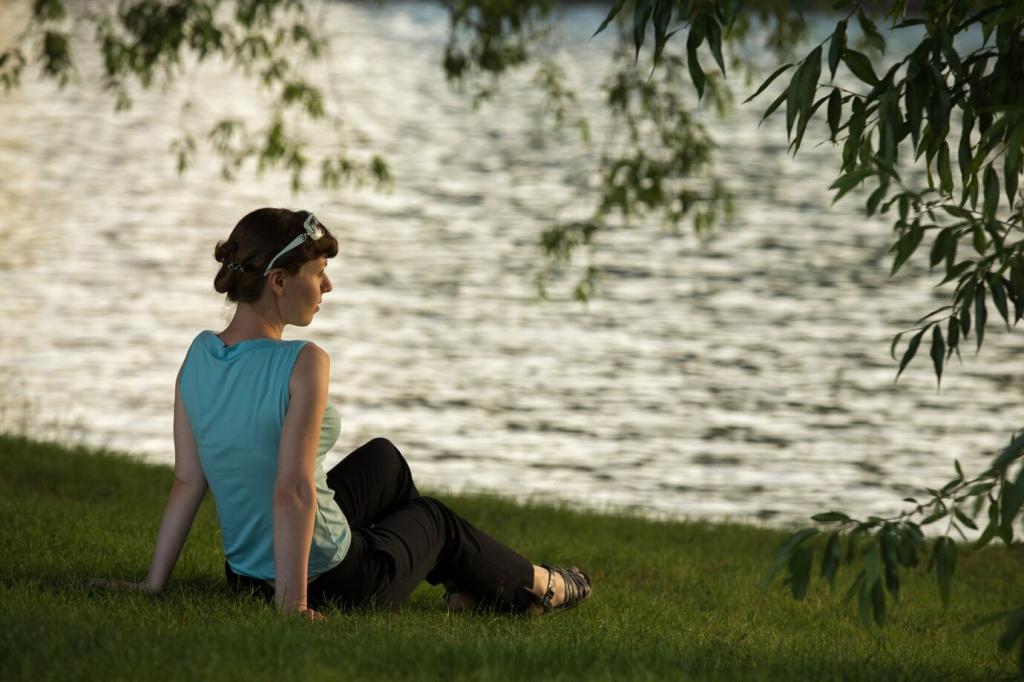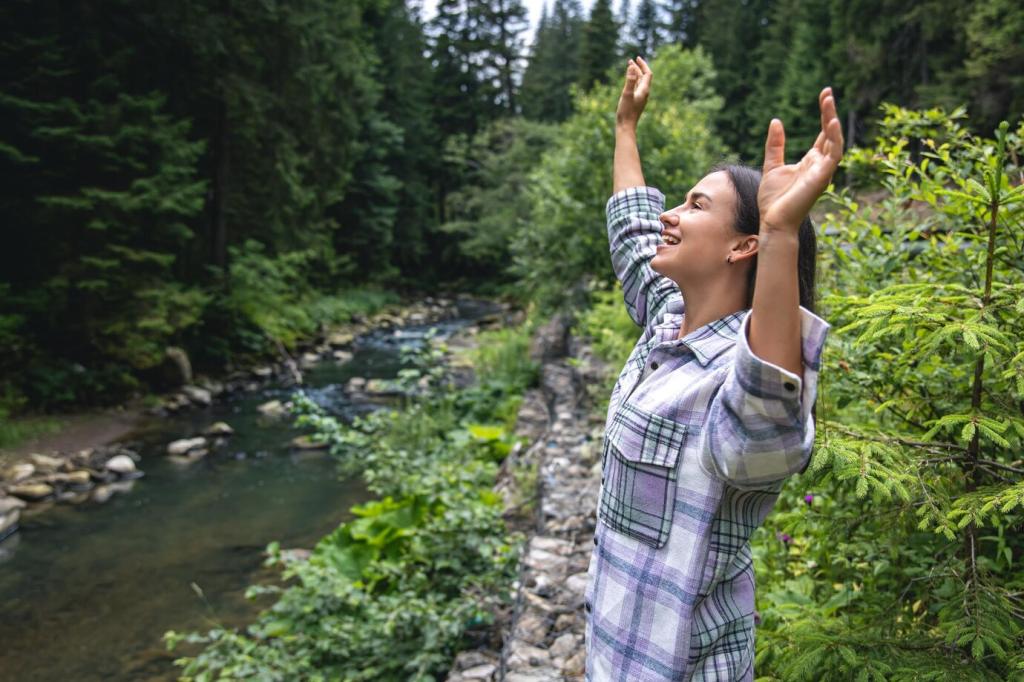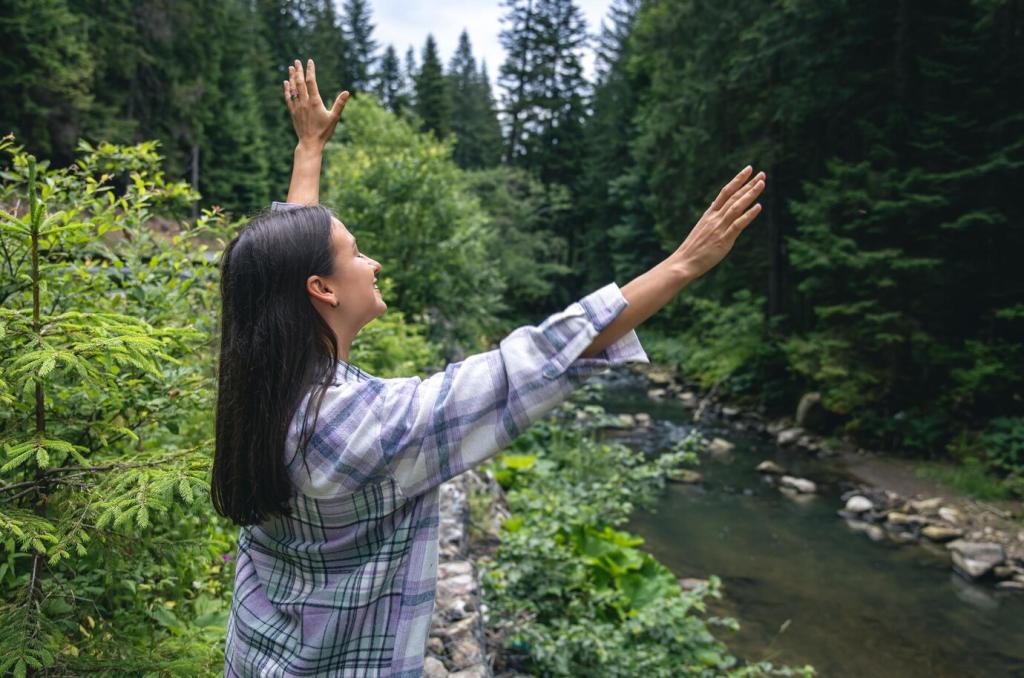Designing a Microforest for Your Neighborhood
Test compaction, drainage, and nutrient levels, then add compost, mulch, and mycorrhizae to jumpstart soil life. Comment with your soil challenges, and we will share low-cost remediation tactics that volunteers can manage in a weekend.
Designing a Microforest for Your Neighborhood
Select diverse, locally adapted species for canopy, midstory, shrubs, and groundcover to resist pests and thrive in heat. Post your region and we will help build a species shortlist aligned with climate projections and local wildlife.











